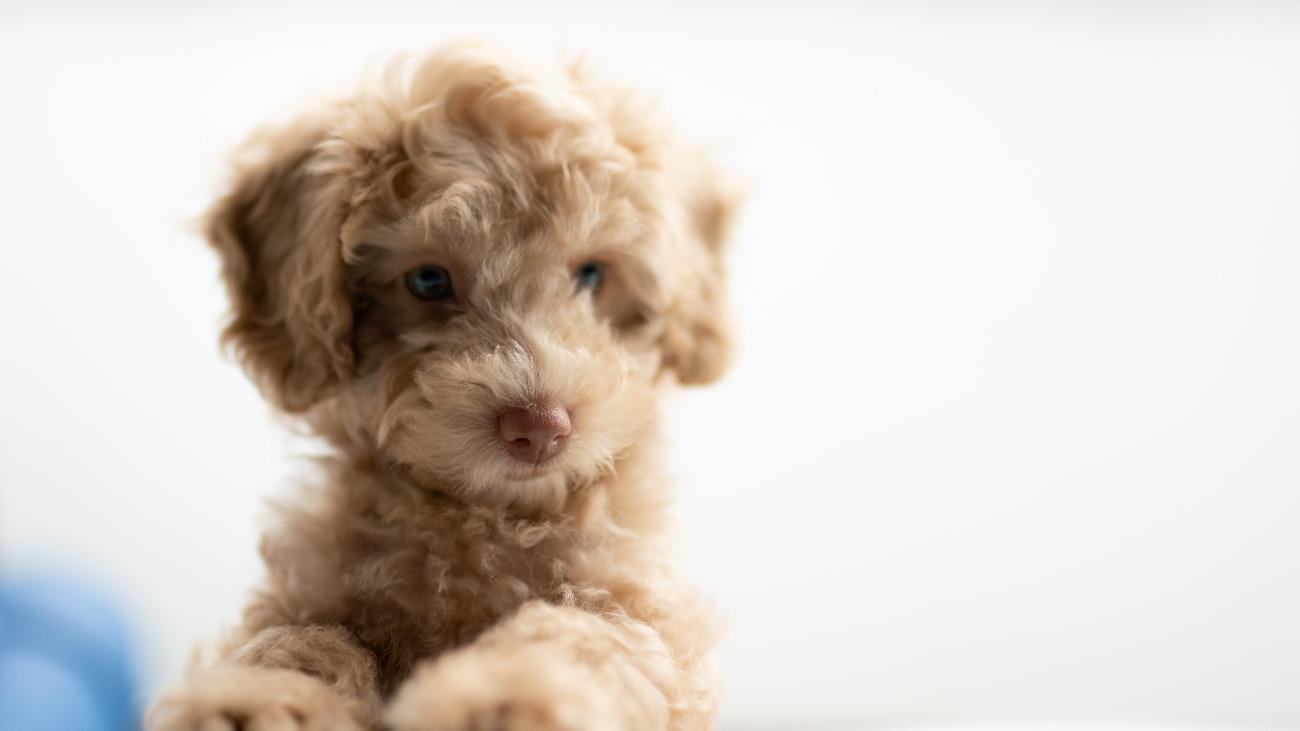When you bring home a new puppy, you’re bringing home a huge responsibility. It’s down to you to make sure the puppy grows up to be a fine dog, one that is happy, healthy, and well-trained.
A big part of the training process – and often one of the most challenging parts – involves toilet training. There are various ways to do this, but many owners choose potty pad training.
What are potty pads?
These are waterproof-backed pads with an absorbent top section. If your puppy pees on one, the pad soaks everything up and prevents your floor from getting wet or stained.
How to potty train your puppy using potty pads
Make sure you get a good supply of these pads – you’re going to need them. When you bring your puppy home, restrict them to a small section of your house. For example, don’t let them go upstairs. Always keep an eye on them, because you want to make sure you know when they go.
If you spot them going around in circles, you know they’re about to pee, so take them to their potty pad to make sure they do it there. Other signs may include lots of sniffing as they are trying to find the ideal spot.
Introduce your puppy to the pad at regular intervals
Your puppy is more likely to pee at certain times rather than others. For example:
- When he gets up
- After a play session
- After eating or drinking
That said, young puppies can pee more frequently than you would think possible. Remember, they don’t have bladder control at a young age. This only begins once they reach about four months old. However, you can still reinforce the connection between going to the toilet and using the puppy pad before that.
If you notice the signs that your puppy wants to pee or poo, take them to the pad. When they go, praise them for their behavior (even if you took them there to do it). They will begin to learn they should go on the pads to get that praise. Small treats work well here – you might want to keep a few handy in your pocket for these occasions.
Supervision is very important
Puppies need to be supervised when you’re going through potty training. If you need to leave them alone, perhaps while doing chores around the house, choose a room where you can leave them. Ideally, it should have a floor you can easily mop or clean if the worst happens. If this doesn’t work for you, a puppy pen or crate would be a good alternative.
Before leaving them in your selected space, cover the floor with puppy pads so you can no longer see the floor. This means if they go, they are sure to hit one of the pads. You can then clean up once you return.
Over time, start reducing the number of pads you use. Eventually, you should be able to leave one pad in place in their space. Once they understand that is where they should go, you should be fine.
Continue praising whenever he gets it right… but don’t punish accidents
Puppies respond well to praise but punishment will get you nowhere. In fact, it could set you back in your toilet training efforts. Your puppy will have accidents. When they do, clean it up and ignore them – don’t punish them. This will only make them afraid of you. He’ll soon understand where he must go and that he receives lots of praise and perhaps a treat when he gets it right.
You may find he starts using the pads often and rarely having accidents… only to revert to his old habits of going anywhere he likes. If this should occur, don’t worry – it is common.
If you have removed lots of pads and they start ignoring the one or two you do still have in place, put more pads out again. It seems like you’re going backwards but it is sometimes necessary to do this until they get the hang of it.
When can you stop using puppy pads?

Some owners may prefer having pads around as their puppy grows into a dog. This might be true of those living in flats and those who do not yet have a secure garden for their dog to use.
If you can safely let your dog out, try moving the puppy pad closer to the back door over time. On a good day, leave the back door open and put the puppy pad outside, so they can still get to it. Before you know it, they’ll be going in the garden. All you need to do then is to make sure they know to ask to go out when they need to go.
Did you find this article helpful?
